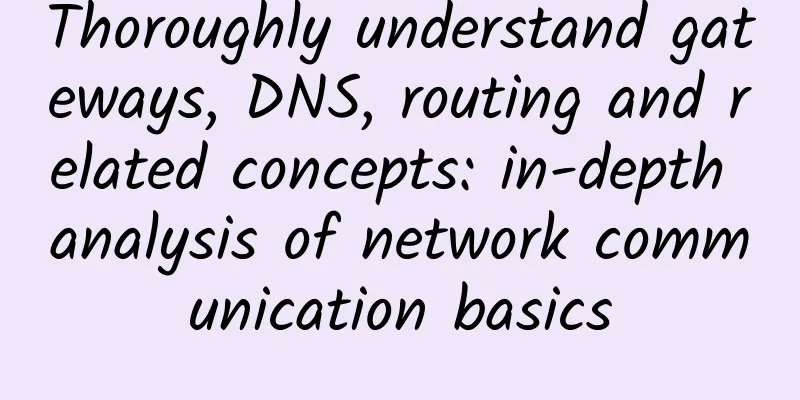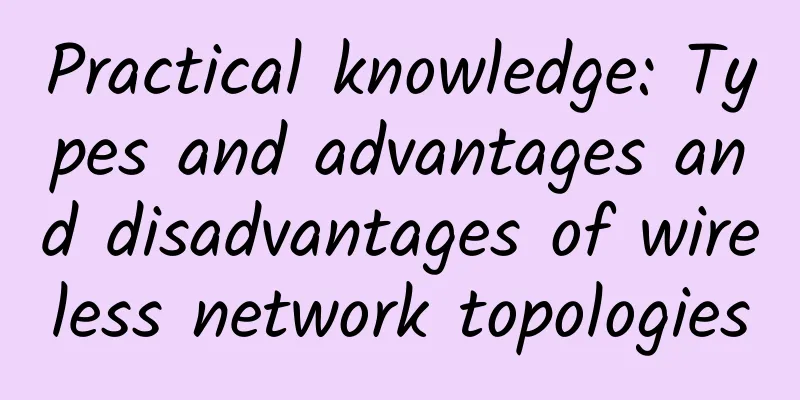Let JWT protect your API services

|
Hello everyone, I am Dayao. I have written an article about API service specifications before. The original article is here. The focus of the article on security issues is on obtaining tokens through appid, appkey, timestamp, nonce and sign, and using tokens to ensure the security of API services. Today we will talk about a more convenient way to generate tokens using jwt. 1. What is JWTJSON Web Token(JWT) defines a compact and self-contained way to securely transmit information between parties as a JSON object. The information can be verified and trusted because it is digitally signed. JWT can have an expiration date. JWT is a very long string, which consists of three parts: Header, Playload and Signature, separated by . Headers The Header part describes the basic information of JWT, which generally includes the signature algorithm and token type. The data is as follows:
Playload Playload is where valid information is stored. JWT specifies the following 7 fields, which are recommended but not mandatory:
In addition, we can also customize the content
Signature Signature is the encrypted string of the first two parts of JWT. Headers and Playload are base64 encoded and encrypted using the encryption algorithm and key specified in Headers to obtain the third part of JWT. 2. JWT generation and parsing tokenIntroducing JWT dependency in application service
According to the definition of JWT, a token encrypted using the RSA algorithm is generated with a validity period of 30 minutes.
After the login interface is verified, JWT is called to generate a token with the user ID and respond to the user. In the next request, the header carries the token for signature verification. After the signature verification is passed, the application service can be accessed normally.
3. Token renewal issueThe above describes the process of JWT verification. Now let's consider such a problem. The client carries the token to access the order interface. The token is verified, the client places the order successfully, and the order result is returned. Then the client calls the payment interface with the token to make payment. When verifying the signature, it is found that the token is invalid. What should be done at this time? Can only tell the user that the token is invalid, and then ask the user to log in again to get the token? This experience is very bad. Oauth2 does a better job in this regard. In addition to issuing tokens, it will also issue refresh_tokens. When the token expires, it will call refresh_token to re-acquire the token. If the refresh_token is also expired, the user will be prompted to log in again. Now we simulate the implementation of oauth2 to complete the refresh_token of JWT. The idea is that after the user successfully logs in, a token is issued and an encrypted string is generated as a refresh_token. The refresh_token is stored in redis and a reasonable expiration time is set (the expiration time of the refresh_token is usually set to a longer time). Then the token and refresh_token are responded to the client. The pseudo code is as follows:
When the client calls the interface, it carries the token in the request header, intercepts the request in the interceptor, verifies the validity of the token, and if the token verification fails, checks redis to see if it is a refresh_token request. If the refresh_token verification also fails, responds to the client with an authentication exception, prompting the client to log in again. The pseudo code is as follows:
The pseudo code for refreshing_token to exchange for token is as follows:
Through the above analysis, we have simply implemented the token issuance, verification and renewal issues. As a lightweight authentication framework, JWT is very convenient to use, but there are also some problems.
The following is a paragraph I saw online about a scenario where JWT is more applicable:
For example, after a user registers, an email is sent to him to activate his account. Usually, there needs to be a link in the email. This link needs to have the following characteristics: it can identify the user, the link is time-sensitive (usually only allowed to be activated within a few hours), it cannot be tampered with to activate other possible accounts, and it is one-time. This scenario is suitable for using JWT. This article is reprinted from the WeChat public account "Java Journey", which can be followed through the following QR code. To reprint this article, please contact the Java Journey public account. |
<<: Apple CEO Cook: 5G promotion is still in the "early stages"
>>: HTTP 2.0 Interview Pass: Mandatory Caching and Negotiated Caching
Recommend
CloudCone Easter Sale: $14.28/year - 1GB/45GB/4TB/Los Angeles Data Center
CloudCone's Easter sale started today, offeri...
Easy-to-understand illustrations of online interview knowledge - Part 1
Regarding network knowledge, I mainly talk about ...
What is the value of 5G at the edge?
A lot of people have been questioning the value o...
Technology empowers the future of intelligent driving-2021 Cisco Automotive Industry Summit held in Beijing
April 23, 2021, Beijing - The 2021 Cisco Automoti...
818 Cloud Go: Tencent Cloud offers cloud servers starting from 74 yuan/year, 1C2G5M for three years starting from only 288 yuan
As June begins, all major online platforms have l...
5G FWA is booming: Views from the MBBF2021 5G FWA Industry Forum
During the 2021 Global Mobile Broadband Forum, th...
With this, you will never be able to steal my chicken again!
When I was a kid, there was always a big yellow d...
Counterpoint data shows the future of 5G in 2020
2019 is a crucial year for the mobile phone indus...
spinservers New Year promotion: $39/month-E3-1280v5/32GB/1TB NVMe/30TB@10Gbps
spinservers has released several special packages...
Top 5 Reasons for WiFi Device Setup and Connection Issues
Setup and connection issues are notoriously diffi...
The Haidilao obscene video incident was solved, and the WiFi security problem in public places is serious
[[255453]] The Haidilao indecent video incide...
Can PVC pipes be used for weak current wiring in home decoration?
The standards currently implemented for PVC threa...
Intel and XSKY Debut at 2019 China Data and Storage Summit
On December 3-4, the 2019 China Data and Storage ...
Which 5G core patents cannot be circumvented by others? Huawei responds
According to the Huawei Voice Forum on June 29, o...
F5 Greater China Chief Technology Officer Wu Jingtao: Probeless real-time application big data collection engine implementation and AIOps realization
[51CTO.com original article] Recently, the WOT201...









